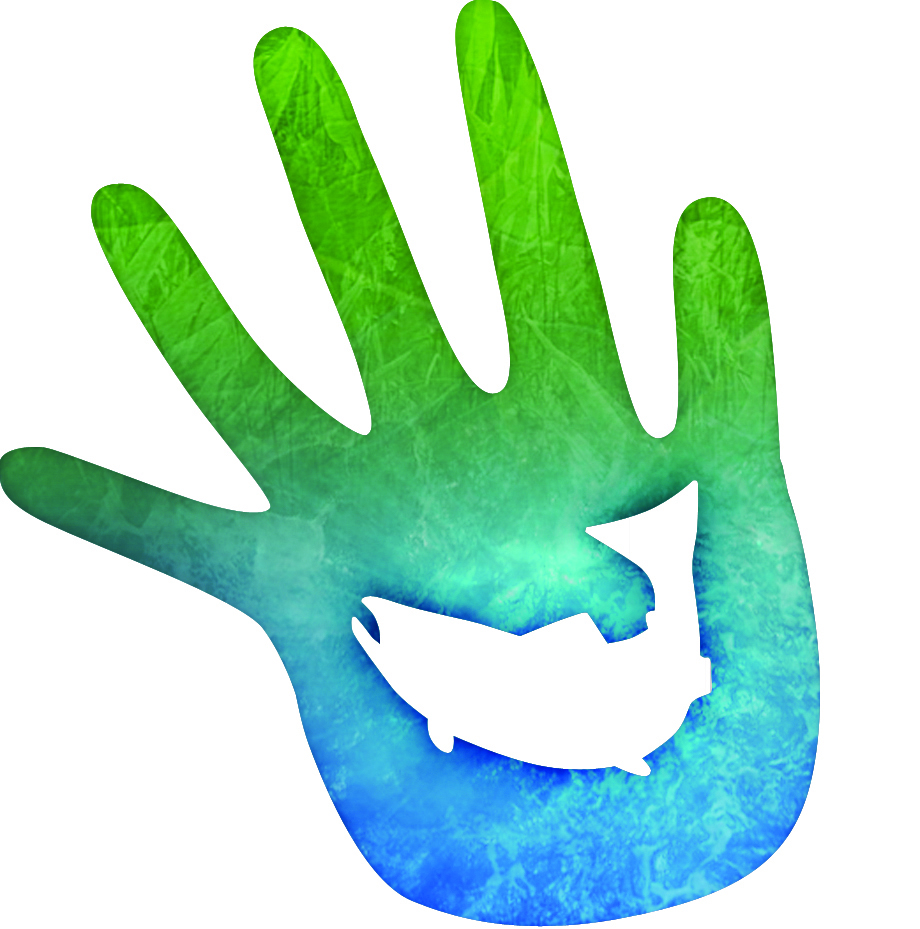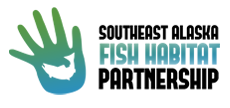Release Date: May 16, 2014
Contact(s): Sheila Jacobson
See the press release online here: http://www.fs.usda.gov/detail/tongass/news-events/?cid=STELPRD3800819
CRAIG, Alaska–Drawn to the streams where they hatched, millions of salmon return each year to spawn in the Tongass National Forest. This natural cycle has sustained humans and wildlife for eons. Subsistence, wildlife watching, commercial, and sport fishing all depend on salmon habitat. In Southeast Alaska, protecting and improving that habitat is a team effort.
Enter the Southeast Alaska Fish Habitat Partnership, or SEAKFHP. The group brings together communities, government agencies, tribes, conservation groups and researchers. Each brings unique perspectives and ideas. All share the goal of sustaining Southeast Alaska’s highly productive fisheries. The National Fish Habitat Board recognized the SEAKFHP as its 19th national partner on March 10, 2014.
“The Forest Service is leading the way in building our partnership. We can celebrate vibrant, sustainable fisheries here,” said SEAKFHP coordinator Deborah Hart.
“The partnership is a tremendous value for Southeast Alaska and the Tongass,” said Tongass National Forest Fish Biologist Sheila Jacobson. “Together, we are doing things the Forest Service could not accomplish on its own.”
One of the group’s major initiatives is to share information. The group is pooling assessments to develop a more complete picture of fish habitat. By identifying knowledge gaps, research needs come into focus. In turn, partners can prioritize the most promising restoration projects. Restored watersheds support more fish and larger harvests.
“What we know about the watersheds is key. We can target restoration where it’s needed the most,” Jacobson said. “Working collaboratively leads to more successful projects and more fish habitat.”
Forest Service scientists are creating models to predict the impact of climate change on fish habitat. Hart said these tools will help the partnership “look ahead” and consider long-term projects.
Another initiative involves working with the U.S. Army Corps of Engineers to create a mitigation bank. Mitigation banks create new habitat or restore damaged wetlands. This compensates for the impact of development on watersheds. By taking part in the process, the SEAKFHP can help select projects with the most benefit.
Jacobson said the group’s next goal is to serve as a channel of grant funding for restoration projects.
The Prince of Wales Watershed Association recently joined as the group’s 14th member. Partners include Trout Unlimited, The Nature Conservancy, Central Council Tlingit and Haida Indian Tribes of Alaska, the Alaska Department of Fish and Game, the Southeast Alaska Watershed Coalition and the University of Alaska Southeast. For more information, visit the partnership’s website at https://www.seakfhp.org or call 907-723-0258.


